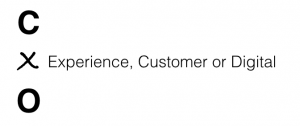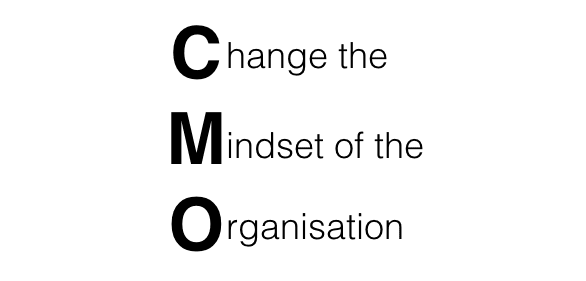We are all pretty familiar with seeing the title of CMO (Chief Marketing Officer) in Executive Boardrooms. It’s probably both the most exciting and most precarious position to hold these days in the C-suite. It was reported in a 2015 study by the executive search firm, Spencer Stuart, that the average tenure of a CMO fell from 48 to 44 months. While it’s a decline, first that’s just under 4 years and much higher than the tenure length we were seeing in the beginning of the naughties (around 24 months). Let’s say that a 3-4 years tenure could be described as the typical length for holding a middle management position. In the UK, however, the tenure is far more harrowing, lying at 18 months on average, according to Marketing Society. The real questions, in my opinion, aren’t so much how long the CMO is in his/her position. It’s: (a) where do the CMOs go after they leave and (b) how do they assess their tenure? If they go on to become CEO, that’s a score. If they bounce into another CMO position or worse, that is not a good sign.
Who leads the digital transformation?

The Marketing function is always under immense pressure to keep up with the changing marketing landscape. It’s a pressure pot position because, depending on the industry, marketing is at once responsible for sales and for adding value. As Scott Monty recounted in a recent podcast (#24), the CMO’s tenure is on average half of the CEO’s and I’d be inclined to say that many CMOs are bearing the brunt of the digital revolution without a boss who properly gets digital. Moreover, the ‘space’ of the CMO is being encroached by new C-suite positions such as the Chief Customer, Digital or Experience Officer… And who is more responsible for the digital transformation? Who do you think should lead that process? Is it ok or even right that the job be delegated to a member of the C-suite?
The role of play
To my mind, digital transformation cannot be delegated Share on X It must be lived and led by the CEO. Moreover, the transformation happens via actions, not words Share on X It’s a fast changing landscape and everyone must learn to learn, play and fail together. We regularly see new channels, media and technology driving new behaviour. The trick is knowing which ones are worth playing with and figuring out quickly the rules of engagement. As the new platforms appear, the only way to stay current is to experiment and, consequently, accept to test and learn to fail.
Mindset first
Because of the frontline nature of their activities, many CMOs today have been tasked with leading the digital transformation process. Brands get focused on the tip of the iceberg in the form of the numbers game (# of fans etc) and establishing each campaign’s Return On Investment (ROI). But, to the extent digital is involved all along the customer journey and has an impact on many areas within the company, digital transformation must be engineered for the entire organisation. It’s a classic case of the ‘below the surface’ of the iceberg where the real work must be done. Thinking only about results first will lead to the wrong outcomes. Here is the process that I strongly encourage:
First, fix the mindset. Then focus on the people, process (including the organisation) and platforms. Finally, observe the results! Share on X











